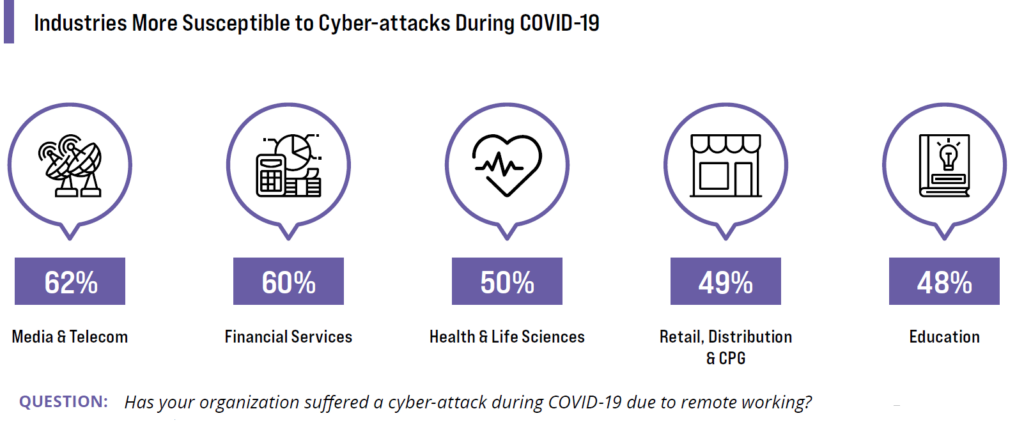That is according to an August study focusing mostly on North America and the Europe, the Middle East and Africa regions.
In a year of being forced to make large-scale changes to their business processes and employee strategies to survive the pandemic, most organizations have not restricted themselves to focusing only on cost reduction and business retention measures but also on accelerating digital transformation.
More than half (61%) of chief executives interviewed in a predominantly North American (50%) and EMEA (40%) study (10% Asia Pacific region) indicated their organizations prioritized improving customer experience (56%) and focused on improving employee experience for the remainder of 2020 and into 2021.
The study commissioned by Irish tech company Asavie investigated the business priorities and challenges presented by the pandemic to more than 1,000 C-suite, IT, and cybersecurity professionals, across more than 25 industry verticals in August of this year.
Pertinent CXO statistics
Respondents in the study admitted to experiencing a cyberattack (44%), specifically due to remote-working during the year. Now, IT and cybersecurity teams around the world are challenged to deliver the ‘secure office anywhere’.

- More than a third (39%) cited scaling endpoint security as their number one pain point. A third (33%) indicated that maintaining business continuity was a priority, followed by protection against vulnerabilities (32%).
- Even though many organizations have implemented WAN technologies that are ultimately provisioned by telecom service providers (dedicated private networks, MPLS and some SD-WAN, etc.), the survey found that very few organizations looked to telecom operators for remote access (28% in North America, 5% in EMEA and 3% in APAC). This was partly because many organizations looked at mobile telecom services purely as a cost to be managed, but it also reflected that operators have been unsuccessful at positioning themselves as viable partners for secure access solutions and as part of the WAN ecosystem.
- Some enterprises (30%) declared that provisioning remote-workers and virtual private networks was a challenge. The indirect impact has been that employees are now taking it upon themselves to manage their own IT needs, which can ultimately lead to potential security gaps across the organization.
- The top three industry sectors reporting cybersecurity attacks were Media & Telecoms (62%), followed by Financial Services (60%) and Health & Life Sciences (50%).
- Finally, scaling endpoint security was the top IT challenge facing North America (42%) and APAC (42% ) whereas enforcing endpoint policy and compliance was top in EMEA (45%).
A ‘secure office anywhere’ future
According to Asavie CEO Ralph Shaw the global study shows the urgent need for the digital business to deploy ‘frictionless’ security and access to applications and data to create the best possible user experience for employees and customers.
“The fact that only 28% of enterprises in North America sourced remote access services from telecom operators presents an immense market opportunity for our mobile network operator partners to provide network native, clientless mobile security services.”
According to Amit Gupta, CEO, Ecosystm, the independent research firm that conducted the study, organizations should see the pandemic as an opportunity to rethink cybersecurity initiatives holistically for fixed and mobile assets. “The Future of Work will mean supporting remote workers, at temporary or home offices, ad-hoc points of sales, or employees on the go. This means that organizations must secure devices, irrespective of where people work from and irrespective of the network they use. Every employee or device should be treated like a branch of one.”
